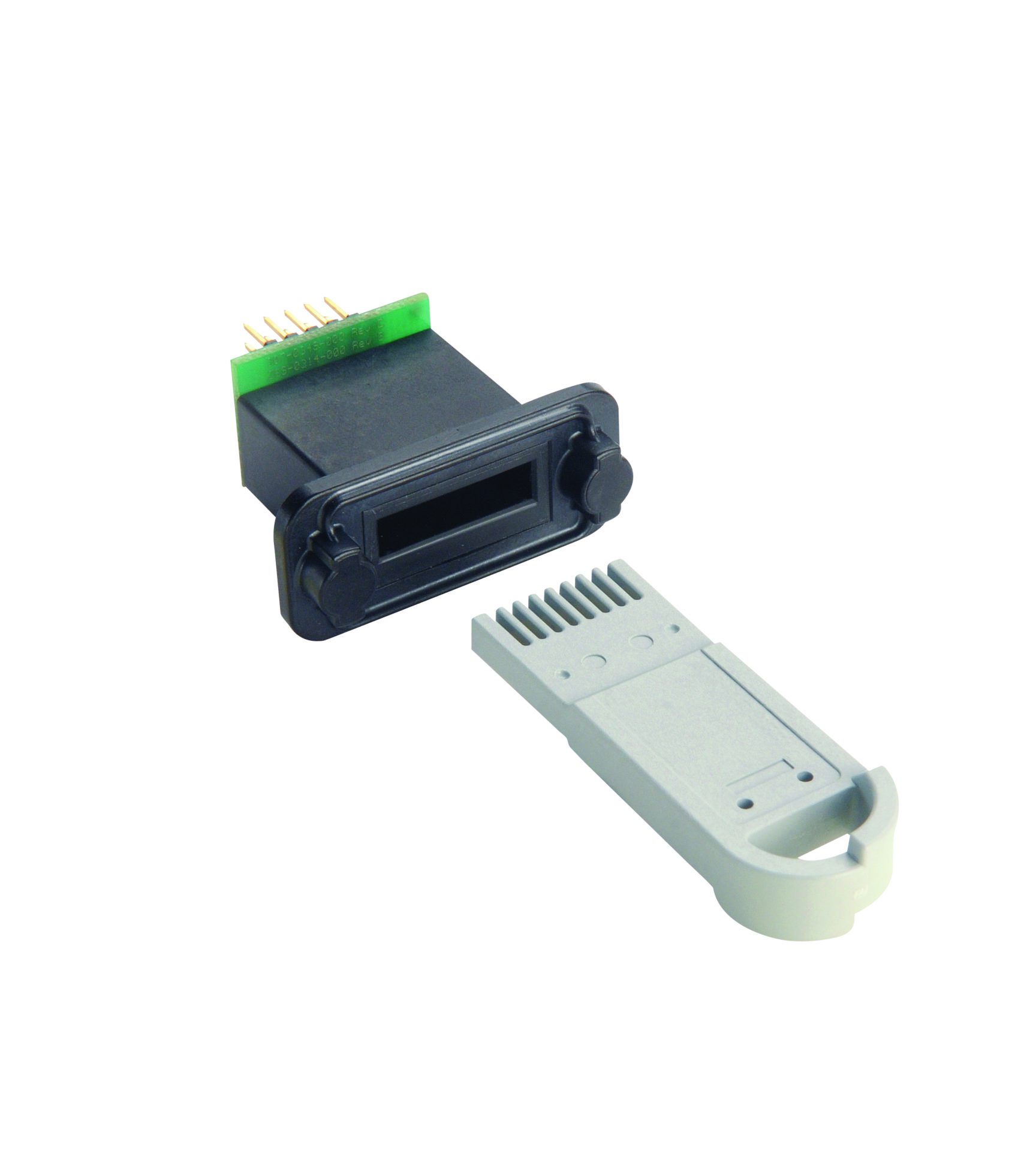I wrote this post back in week 8 of lockdown in UK……..
I’ll admit that I’m starting to feel a little fatigued; especially now that the temperature has dropped and the four of us are cooped up in the house!
I shouldn’t grumble though: in the UK we really have had the most remarkable run of good weather, which has made everything a lot easier to cope with.
Whilst the Government has shifted their messaging and encouraged more people to head back to work, I think we all know that we’re on a long road to recovery, and that we’ve still got plenty more days and nights of social isolation before we’re back to the way things were before.
And if the additional time at home is giving you a useful opportunity to plan, research and consider options for upcoming embedded developments, then I thought I’d just drop you another email that explains how Datakey products can help.
This week, I thought we’d focus on the product line we generally receive the most interest in – the RUGGEDrive
What is the RUGGEDrive range?
The RUGGEDrive range delivers USB flash drive or SD card functionality in an ultra-rugged token form factor with specialised connectors (which we call receptacles), which are available with IP67 rating and withstand 33 times more insertion cycles than typical USB connectors.
What do engineers typically consider using either UFX (USB) or DFX (SD) Tokens and Receptacles for?
One of the most common uses is to log important data and then move that key information out of their embedded system, often to be read and analysed in a separate system.
At first, they may consider using a conventional USB stick or SD card as these are familiar to the design team, but there are generally a few common reasons why these sorts of conventional storage devices aren’t suitable for many embedded applications:
- Security issues – using a standard USB port or SD card reader is a security risk for most embedded systems, allowing any compatible device to be plugged in and access the embedded system.
- Environmental issues – standard USB sticks and SD cards are not very robust for many environments, and neither are their readers.
- Logging data under vibration / shock – a common use is data logging. If this needs to be done under high levels of vibration (for example an engine management system) then a USB stick will likely lose connection intermittently as it moves within the USB port.
- No control over media choice/use – Certain USB sticks could be supplied with the embedded system to the customer, there is nothing stopping the customer purchasing other USB sticks which won’t have been qualified / checked
All of these issues are eliminated by using RUGGEDrive in your embedded application.
If you would like to know more about the RUGGEDrive range, how it could help your embedded system and how easy it is to build in, then email us or give us a call on 01794 301439 and we’ll be happy to talk.

